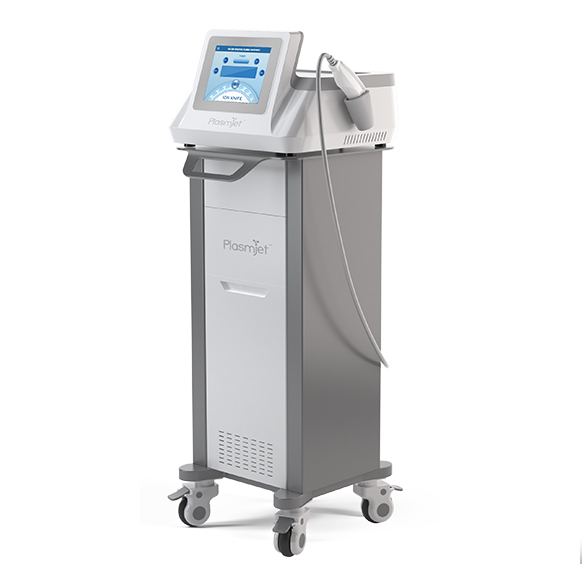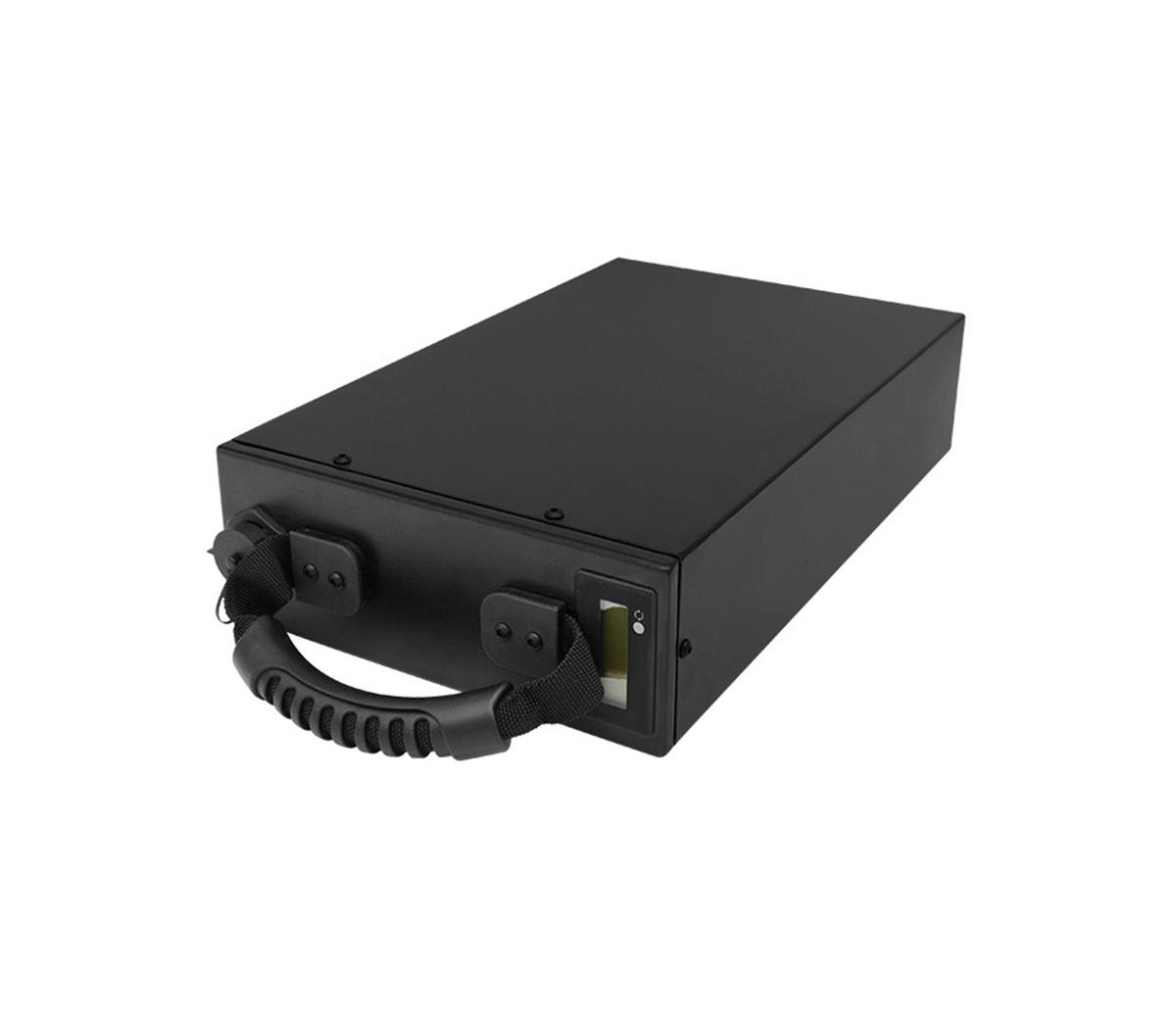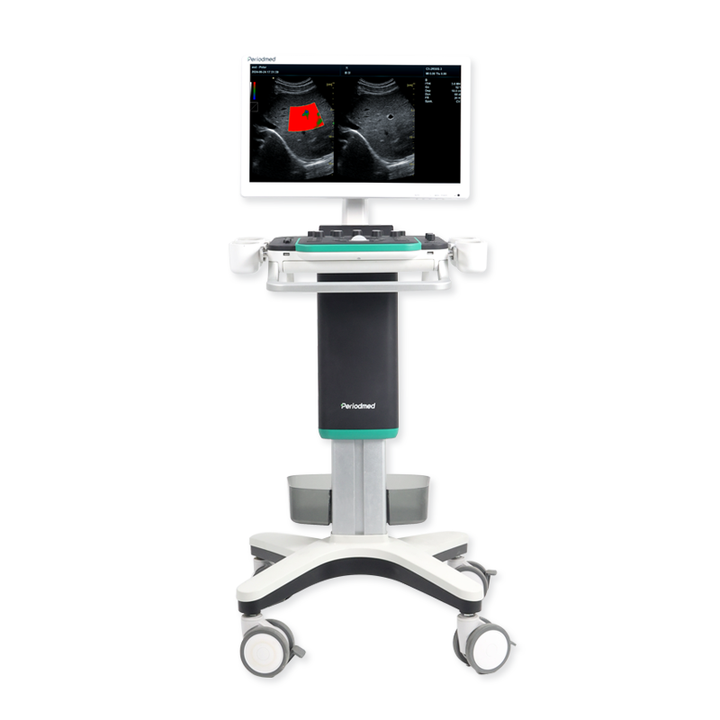Tesla has been profitable since the third quarter of 2019. Last year's net profit was as high as 5.5 billion US dollars, and the second quarter of this year's net profit has exceeded 2 billion US dollars, far ahead of new energy vehicle manufacturers.
As a global leader in electric vehicles, SES Power will of course pay close attention to the development of Tesla. Although power lithium batteries are not our core project, power lithium batteries are still a key direction for SES Power in the future. And our core project, the lithium battery energy storage system, is also being manufactured by Tesla in large quantities.
We are a professional lithium battery energy storage system integrator. Our products use high-quality lithium iron phosphate square aluminum shell cells. Among them, products with similar functions to Tesla's Powerwall include wall-mounted home energy storage systems 48V100Ah, 48V200Ah, stacked energy storage system (single unit is 51.2V100Ah, supports up to 15 stacks) and so on. We know Tesla's development very well. Let's analyze why Tesla's profitability is getting better and better.
A: Capacity is the cornerstone of profitability
Tesla's continued profitability is closely related to the substantial increase in the production and delivery of their electric vehicles. After all, the more products the factory makes, the lower the procurement cost and marginal cost. This can be confirmed from the Twitter message of Tesla CEO Elon Musk on August 15: He congratulated the 1 millionth car produced by the Shanghai Gigafactory off the assembly line.

The Tesla Shanghai Gigafactory project is Tesla's first Gigafactory outside the United States and the company's third Gigafactory globally, which currently produces the Model 3 and Model Y.
Since the birth of Tesla, the cumulative total output has exceeded 3 million. With the 1 millionth car rolled off the production line in the Shanghai factory, the Tesla produced by the Shanghai factory has accounted for 1/3 of its total output. We have to know that it took less than 3 years for this factory to go from the first to the millionth.
This amazing speed has actually been shown from the beginning: in July 2018, Tesla officially signed a contract for the construction of a super factory in Shanghai, and in January 2019, it broke ground and started construction, less than a year. It was completed and the vehicle production was rolled off the assembly line, creating a new speed of "starting in the same year, completed in the same year, put into production in the same year, and listed in the same year".
After its completion, the Tesla Shanghai Super Project has undergone several expansions and upgrades. At the end of 2020, the annual production capacity of Tesla's Shanghai plant will reach 250,000 vehicles; in 2021, the annual production capacity of the Shanghai plant will gradually climb to over 450,000 vehicles. According to previous reports from foreign media, Tesla carried out a large-scale production line upgrade in July, with an annual production capacity of more than 750,000 vehicles. It is Tesla’s current super factory with the highest production capacity, surpassing Tesla’s in production capacity for the first time. factory in Fremont, California.
Due to the continuous improvement of production efficiency, Tesla China delivered a total of 78,900 vehicles in June, a record high. In the first half of this year, Tesla China delivered a total of 295,000 vehicles, which has reached more than 60% of the total delivery in 2021; it exported 97,182 vehicles, more than double the 41,770 vehicles exported in the same period last year.
This achievement is especially noteworthy given the production disruption at Tesla's Shanghai Gigafactory earlier this year (it was forced to shut down for 22 days in April due to the pandemic).
B: The data says it all
Tesla's head of investor relations, Martin Viecha, revealed at a recent tech conference in San Francisco that Tesla's cost of producing a car was $84,000 in 2017, but it has dropped to $36,000 in recent quarters, which has a lot to do with the launch of the two electric vehicles Model 3 and Model Y and the increase in production capacity.
Tesla's Model 3, which was launched at the end of March 2016, began to be delivered in July 2017, but due to capacity bottlenecks, production capacity did not increase as smoothly as they planned in that year and in the following period.
The Model Y, launched in March 2019, began deliveries the following year. Compared with the Model S and Model X, which were put into production earlier, the Model 3 and Model Y are significantly cheaper, and after the production, the production of these two cars is also higher, already surpassing the Model S and Model X.
The average production cost of Tesla's electric vehicles has gradually decreased as production of the lower-priced Model 3 and Model Y ramped up.
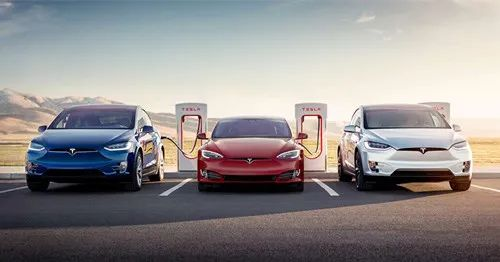
Tesla still needs to have manufacturing capabilities on every continent. The Berlin Gigafactory, which Tesla decided to build in 2019, held its opening ceremony on March 22 this year after more than two years of construction. The Model Y produced has also begun to be delivered to the public. More than 1,000 units, with plans to increase to 5,000 units early next year.

C: The maturity and improvement of the industrial chain is the core factor
Tesla's Shanghai Gigafactory has formed a full ecological chain of new energy vehicle parts such as batteries, automotive chips, automatic driving systems, automotive interiors, and precision machining in Shanghai, Suzhou, Ningbo, Nantong and other Yangtze River Delta regions.
This is the core factor for Tesla's Shanghai Gigafactory to ensure production capacity and control costs.
Of course, the cost reduction is also the result of Tesla's continuous optimization of the vehicle design to simplify production as much as possible. The introduction of a factory specially designed for the production of electric vehicles has also played an important role in reducing costs.
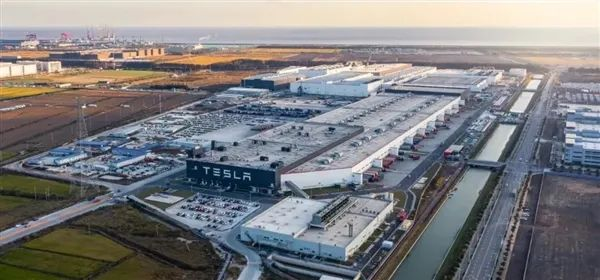
Optimizing production costs is very important for automakers, and industry experts believe that the production cost of each vehicle will be the most important indicator in the future of electric vehicles, and it will be the decisive factor for how many cars an automaker can produce and how large it can become.
A mature industrial chain and measures to optimize costs also contributed to their continuous profitability - the average production cost has been greatly reduced in the past six years.
D: The core factor that determines the final cost is the battery cell
The current cost of electric vehicles is actually quite transparent. The cost of batteries accounts for 35%-50% of the cost of the whole vehicle. Of course, the price of lithium battery materials has risen now, and the proportion has also increased.
Therefore, in order to control the cost of electric vehicle companies, they must have strong battery procurement capabilities or even directly produce battery cells themselves. Tesla is indeed accelerating on both fronts.
In addition to producing electric cars for the European market, Tesla's Gigafactory in Glenhead, Brandenburg, near Berlin, will also produce batteries. In January last year, they had obtained approval from the German economic sector, and within the risk-tolerable range, they could begin preparations for the construction of a battery factory.
The Berlin Gigafactory, which is still in its early stages, is expected to start producing batteries in the first quarter of next year. Judging from the reports, what Tesla will produce in the Berlin Gigafactory will be 4680 batteries with larger size, higher energy density and higher output power.
The 4680 battery is a battery with a diameter of 46 mm and a height of 80 mm. It has higher energy density, higher output power, lower cost, faster manufacturing speed and more environmental protection. Improve the battery life of electric vehicles and reduce the overall cost.
Of course, new suppliers will also appear.
The rumor that Tesla will be equipped with BYD's "blade battery" has been confirmed as a fact. "teslamag.de" latest news that BYD's blade battery has been officially approved by the European Union, of which Tesla Model Y will be the first. Models equipped with blade batteries.
Through structural innovation, the blade battery can skip the "module" when grouped, which greatly improves the volume utilization rate, has the safety that other power batteries can't match, and has both long life and long battery life. With the battery pack, the volume utilization rate of the "blade battery" has been increased by more than 50%, and the cruising range has reached the same level as the high-energy ternary lithium battery.
Of course, in addition to cost and weight reduction considerations, the reason for choosing to use BYD blade batteries is an extremely important reason. Tesla has wanted to install a 4680 battery pack on the Model Y in Germany from the very beginning, which is connected to the chassis. One body constitutes a part of the vehicle's load-bearing structure, but the production and supply are somewhat unable to keep up.

It is reported that the blade battery supplied by BYD has been delivered to Tesla’s super factory in Berlin, Germany, and Tesla vehicles equipped with BYD blade batteries are expected to roll off the production line as soon as the end of August or early September.
The largest customer of CATL is Tesla, which has been supplying to Tesla since July 2020, becoming CATL's largest single customer for the first time. Tesla contributed 10% of CATL's annual revenue. Now Tesla will use BYD batteries in the European market, which will greatly stimulate the response of CATL.
And these responses will be exactly what Tesla is most looking forward to, such as price, production capacity, performance and so on.














